No product in cart
Novojunta Metallic Arrow
-
(0s)
- Add your review
This is a solution for expansion joints consisting in two aluminium profiles with a central body made of high quality EPDM rubber. The excellent properties of EPDM, allow novojunta metallic arrow to absorb expansion and contraction movements, avoiding the apparition of pathologies. It is available in a wide range of heights and different widths. It […]
#Code Products:
Description
This is a solution for expansion joints consisting in two aluminium profiles with a central body made of high quality EPDM rubber. The excellent properties of EPDM, allow novojunta metallic arrow to absorb expansion and contraction movements, avoiding the apparition of pathologies. It is available in a wide range of heights and different widths. It is delivered with protective film on its visible side to avoid possible damage casued during handling or transport.
Material: Aluminium + EPDM rubber
Length: 8ft 2 inches / 2.5 l.m
Allowed movement: +/-2.1 mm or +/-0.0826"
Can be installed vertically and horizontally for both walls and floors.
| Fire resistance | M4 (high flammability) |
| Abrasion resistance | Very Good |
| Working temperature | -10oC / 60oC |
| Water absorption | <5 |
| Ozone resistance | Yes |
Materials
Aluminum – The lateral pieces of Novujunta Metallic Arrow consist in two profiles made by aluminium extrusion natural finish. Aluminum is a material with excellent chemical, physical and mechanical properties. It is light weight, tough, ductile, malleable and highly durable.
EPDM – The central body of Novojunta Metallic Arrow is made of high quality EPDM rubber. EPDM is an elastomer polymer with excellent mechanical properties. It has good resistance to abrasion, wear and impact, is a good insulator and resists weathering, common chemicals and has a wide working temperature range.
You must be logged in to post a review.

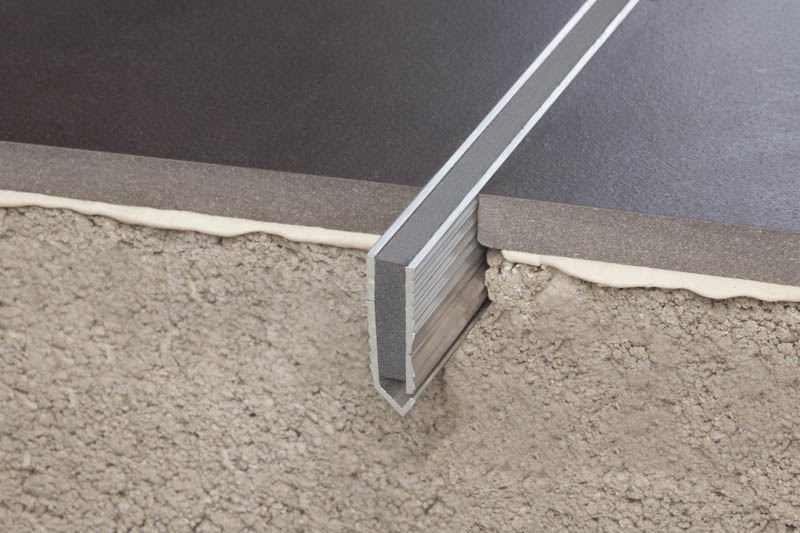
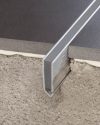
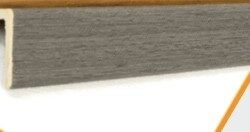
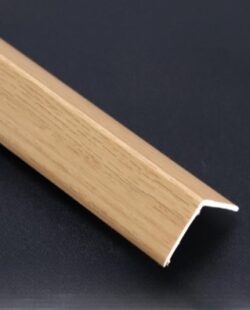
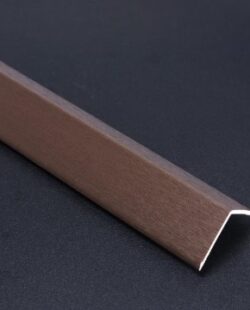
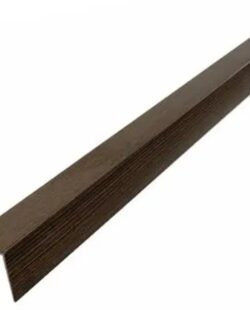
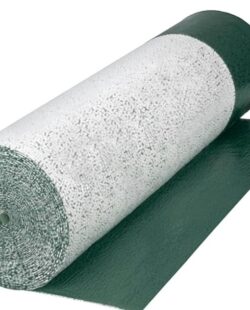
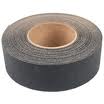
Reviews
There are no reviews yet.